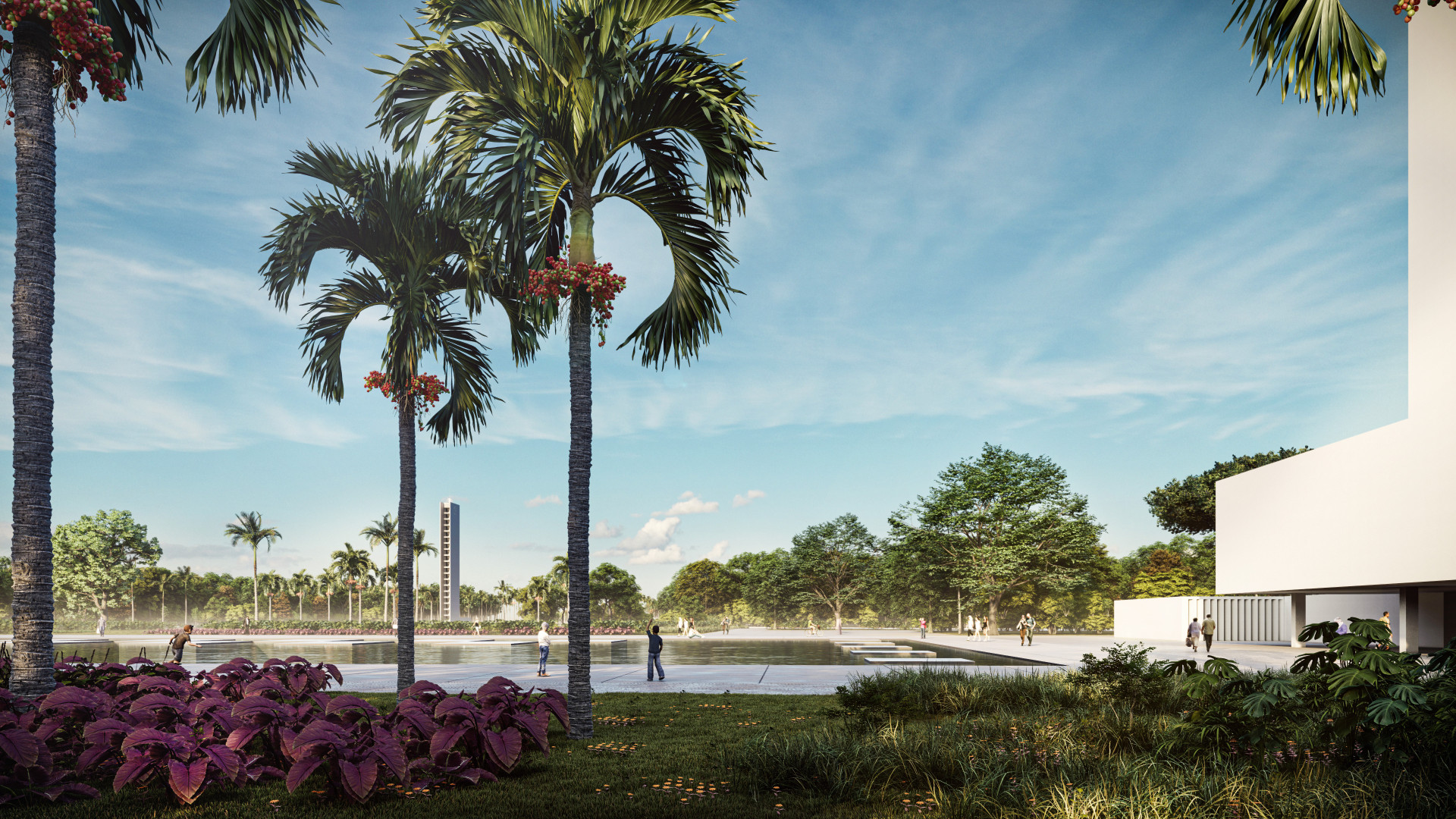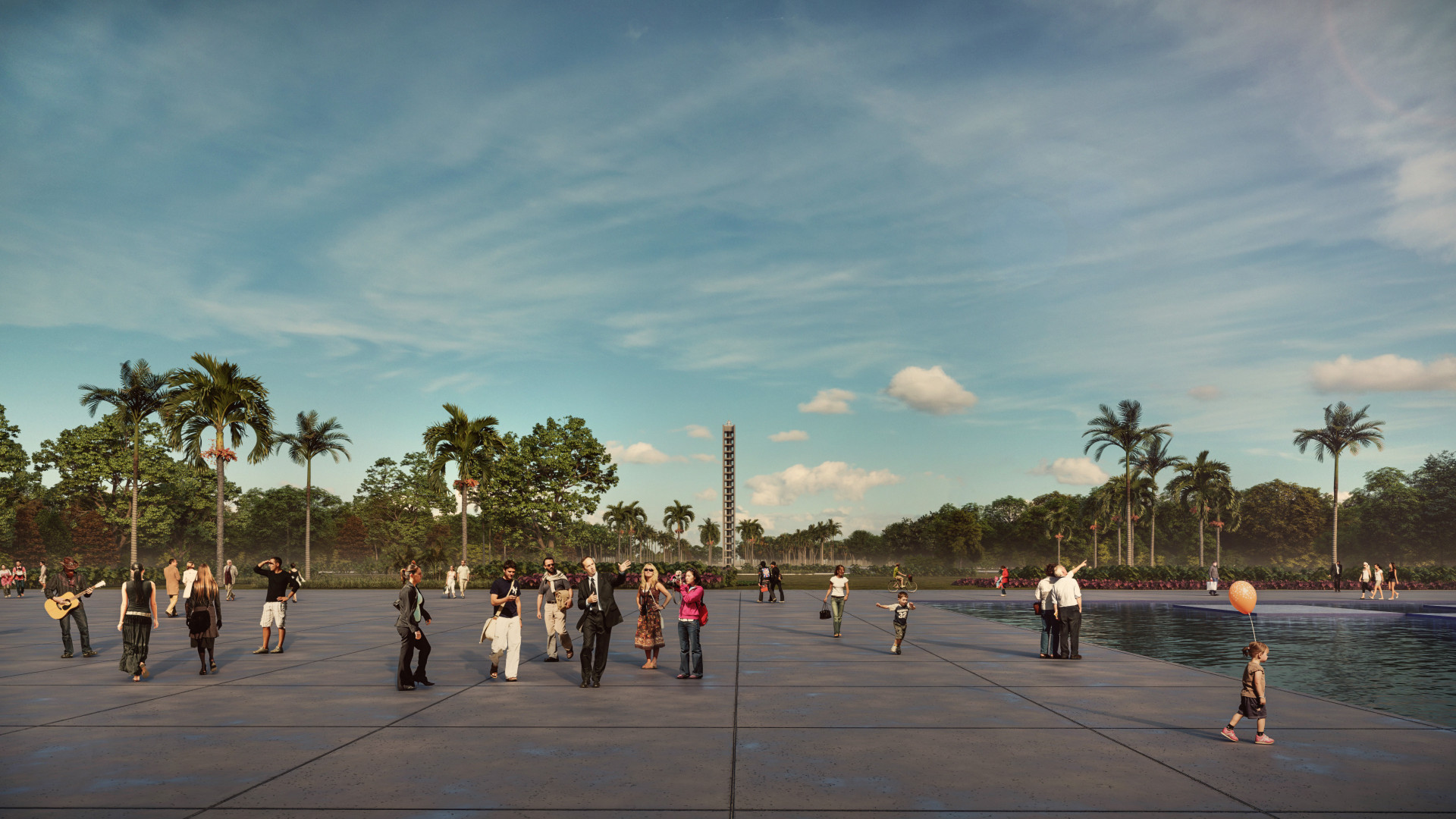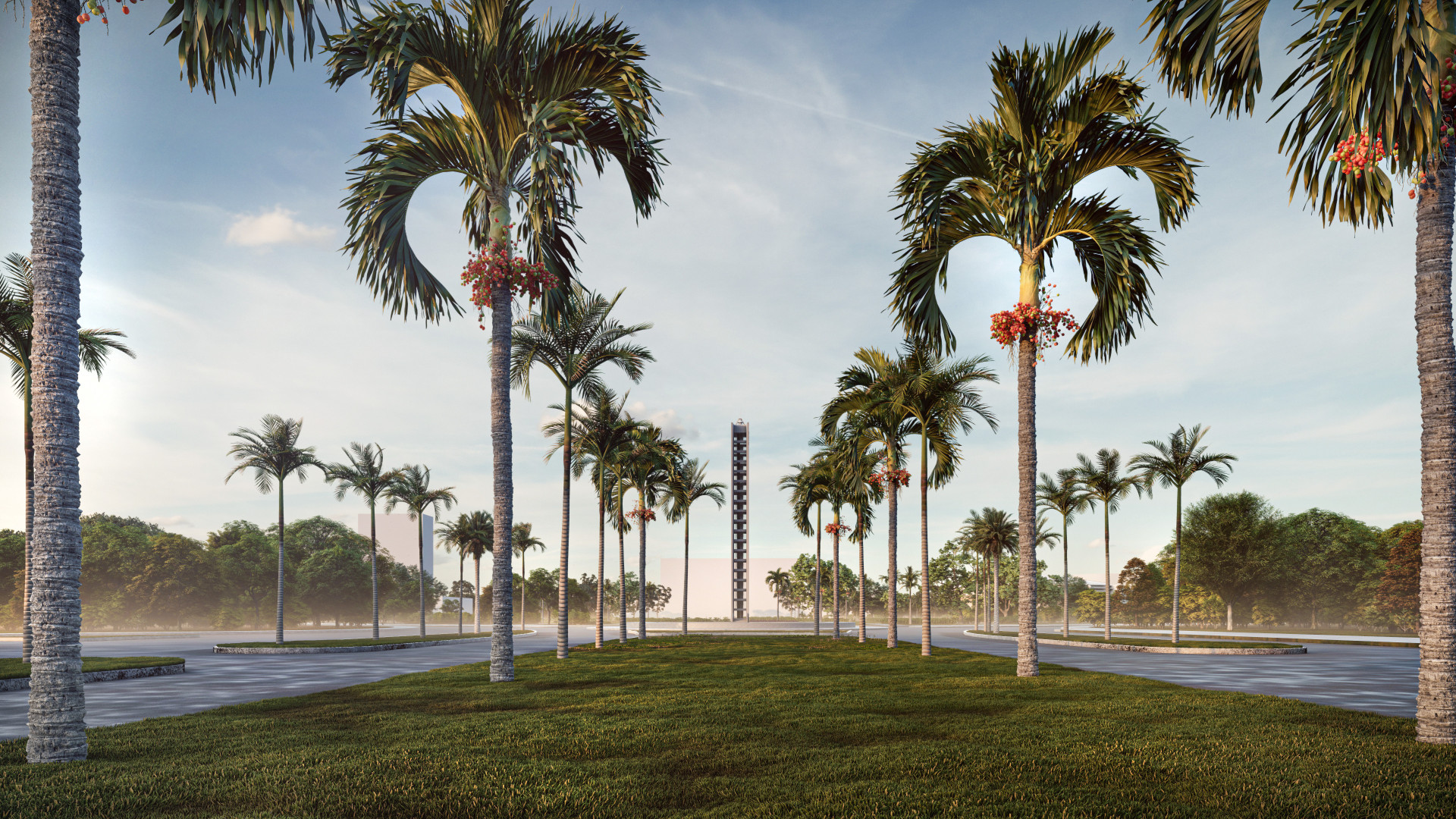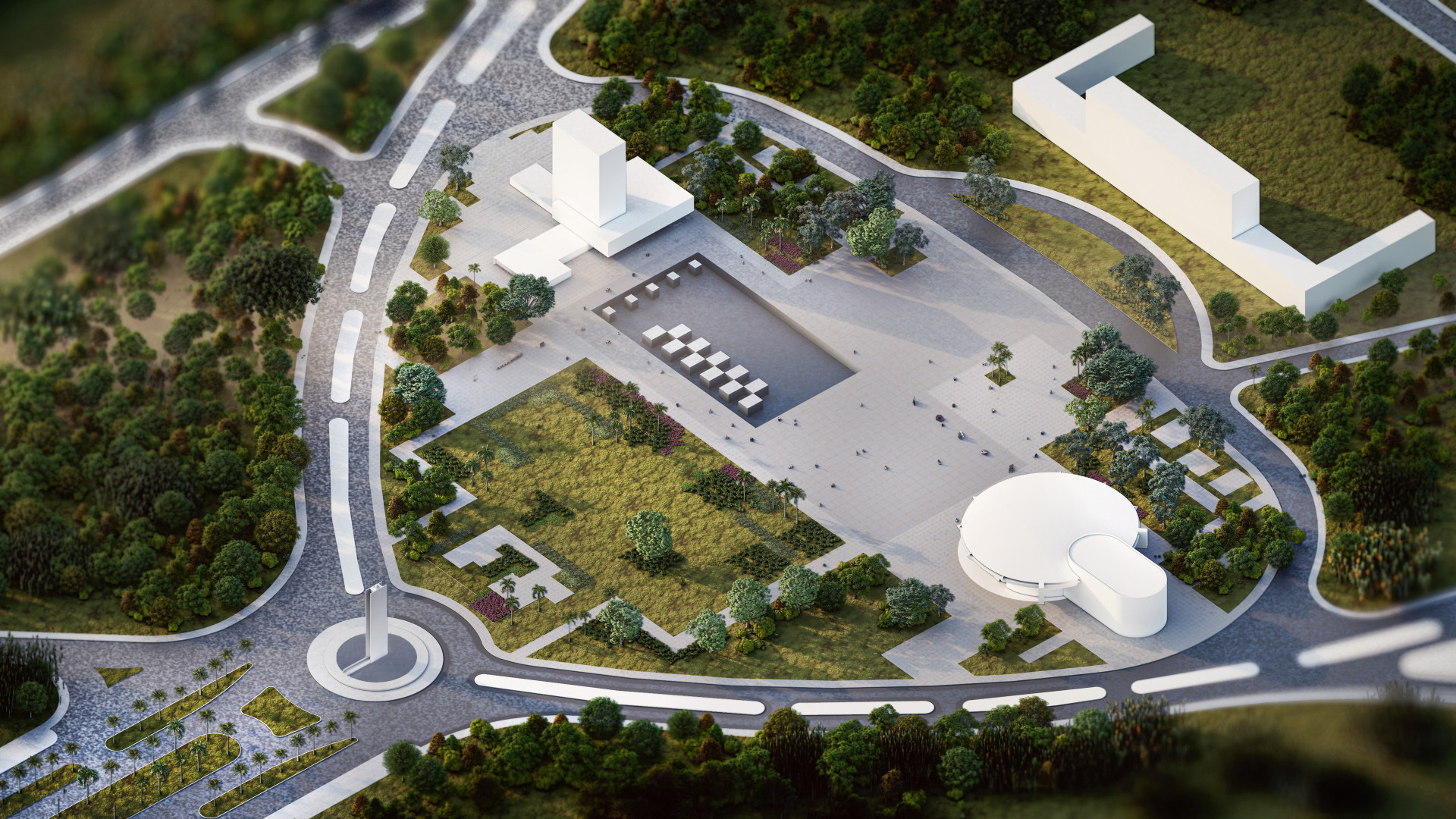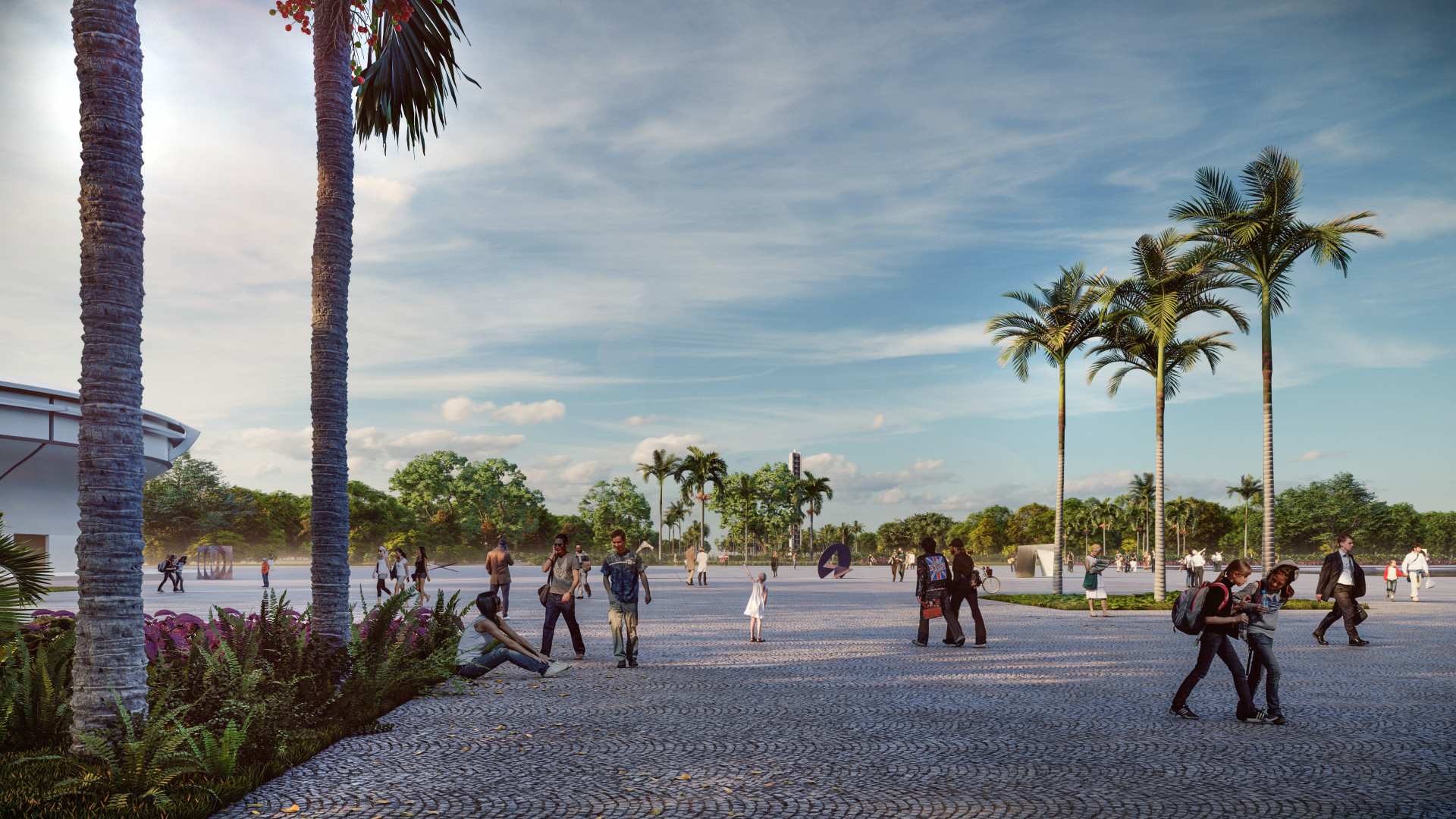Master's thesis presented to the Faculty of Civil Engineering, Architecture and Urbanism at Unicamp, to obtain the title of Master in Architecture, Technology and the City in the area of Architecture, Technology and the City.
Advisor: Prof. Dr. Ana Maria Reis De Góes Monteiro
ABSTRACT
The idealization of public universities and the creation of their university cities represent, to a certain extent, the history of the construction and development of a society. Since its formation, the University of São Paulo has developed in parallel with the theoretical and practical advancement of urbanism in the city and state of São Paulo, at the same time that it has accompanied and promoted discussions about architecture, teaching and public development in Brazil. With the proposal of relevant architects in the Brazilian modern architecture scenario, both for the urban organization of the campus and for the architecture of the buildings, USP built an important legacy in the history of national architecture and shed light on the role of large urban and architectural plans as articulator of a new society. Modern concepts of the city, as a possible space for changing human activities, were placed in these grand plans. Based on the analysis and redesign of the projects for the USP Civic Center, developed by the firm Rino Levi Arquitetos Associados, and the cross-referencing with the landscaping drawings, this work aims to put into context the occupation plan proposed by the architects and landscapers, establishing its relationship with the urban discussion of the time and reinterpreting what the Armando Salles Oliveira campus could have been, in São Paulo.
Advisor: Prof. Dr. Ana Maria Reis De Góes Monteiro
ABSTRACT
The idealization of public universities and the creation of their university cities represent, to a certain extent, the history of the construction and development of a society. Since its formation, the University of São Paulo has developed in parallel with the theoretical and practical advancement of urbanism in the city and state of São Paulo, at the same time that it has accompanied and promoted discussions about architecture, teaching and public development in Brazil. With the proposal of relevant architects in the Brazilian modern architecture scenario, both for the urban organization of the campus and for the architecture of the buildings, USP built an important legacy in the history of national architecture and shed light on the role of large urban and architectural plans as articulator of a new society. Modern concepts of the city, as a possible space for changing human activities, were placed in these grand plans. Based on the analysis and redesign of the projects for the USP Civic Center, developed by the firm Rino Levi Arquitetos Associados, and the cross-referencing with the landscaping drawings, this work aims to put into context the occupation plan proposed by the architects and landscapers, establishing its relationship with the urban discussion of the time and reinterpreting what the Armando Salles Oliveira campus could have been, in São Paulo.
